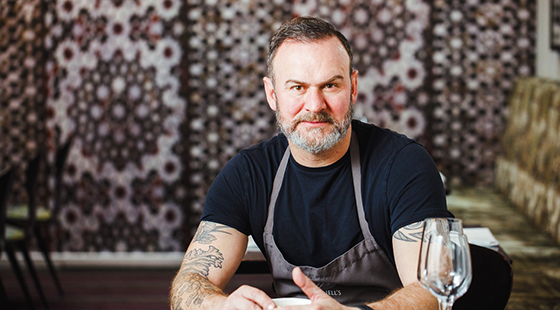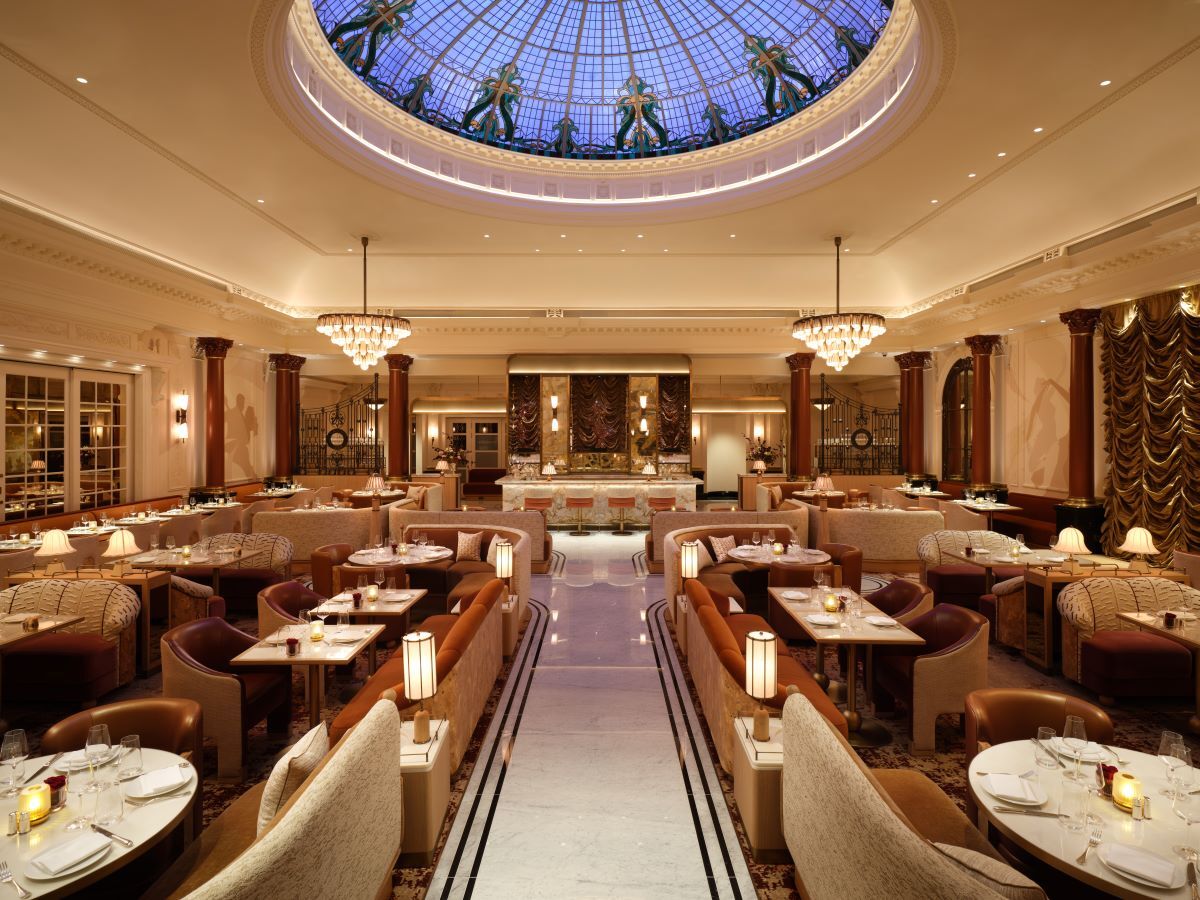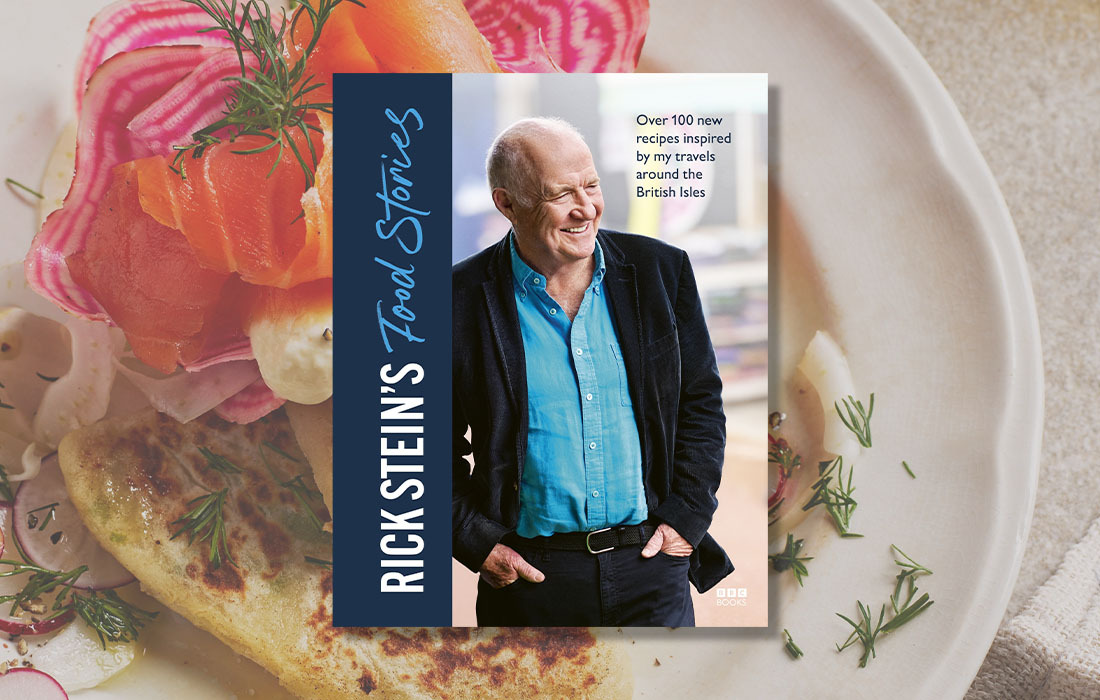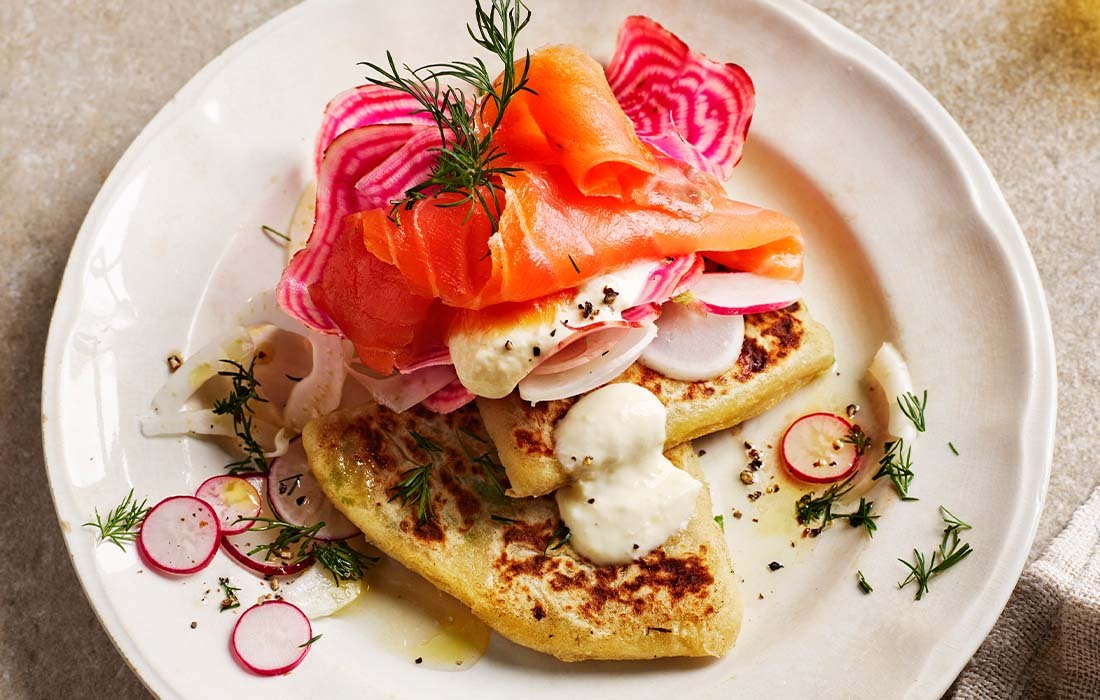Tapas on trend
After years of under-representation, tapas is making a big splash in the UK restaurant scene. What's behind the trend and why was it ignored for so long? Tom Vaughan reports
Back in 2000, when ex-Brindisa chef Jose Pizarro announced he was moving to the UK, a friend in Madrid wholeheartedly backed the idea. There was, he said, a big gap for a Spanish chef over here. Buoyed by the news, Pizarro was nonetheless shocked by the total lack of Spanish food he found on arrival. "I was like, ‘Wow!', because there was nothing, nothing at all," says Pizarro. "There was just a few tapas chain restaurants, where the food was not really Spanish."
Fast forward 11 years, when Pizarro launches his forthcoming two restaurants - a London-based fine-dining venture called Pizarro, and Jose, a sherry bar nearby - later this year, they will be two of several high-profile Spanish launches to further augment tapas' grip on the UK dining scene. When one considers what a hold Italian, French and Chinese food has had on Britons over the past 40 years, you have to ask why it has taken so long for Spanish food - with its rich culinary heritage - to make its mark?
The reasons are manifold. A major problem for Spanish chefs in the UK over the years was a lack of produce, says Santiago Guerrero, head chef at Iberica in London. "Spanish food is all about provenance and quality of product. There is no substitute for jamon Iberica or morcilla, for example. It's only recently that more and more suppliers have started to bring these things to the UK."
View images from Iberica here >>
When restaurateur Iggy Campos opened Iggs, his Spanish restaurant in Edinburgh, in 1989, he found produce very difficult to procure. "It was almost impossible at first," he says. "I had to drive over to Spain myself and come back with jamons. A few times I was pulled over by customs, and rather than drugs or alcohol, they just found lots of Spanish food."
The demand for quality produce simply wasn't there from many Spanish restaurateurs, says Eddie Hart, co-owner of London tapas restaurants Fino and Barrafina: "Tapas bars tended to be more in the residential areas and they didn't feel they could charge top whack for quality ingredients. There were lots of classical dishes but without the quality ingredients. It was a chicken and egg scenario - if you want to serve these ingredients, you would need to move more central and get the busy lunch and dinner trade."
Without the quality ingredients, the cooking never reached commendable levels, says Omar Allibhoy, owner of Tapas Revolution in London's Westfield shopping centre and executive chef of El Pirata Detapas in Notting Hill. "They would try to please everyone and cater for their market, which is absolutely fine, but the problem is that Spanish food here started to deteriorate as the flavours were changed to suit the UK palate."
The growth in quality Spanish eateries has been as much down to an increasingly educated foodie public as the gusto of some restaurateurs. Beforehand, a lot of Britons knew Spain only as far as the tourist-heavy coastal areas, which did little to publicise Spanish food. "Knowledge of what good Spanish produce is has certainly improved," says Hart. "Cheap flights have opened up a lot of what I refer to as real Spain, as opposed to the Costas, where the food offer is more fish and chips. Londoners these days - with whichever cuisine it is - want to know they are getting the real deal."
Weight also lies behind Allibhoy's assertion that "this is Spain's time". It's not just the World Cup-winning football team or world-number-one tennis player Rafael Nadal who have set out to capture global hearts, but Spanish food and tourism bodies are actively looking to export Spanish food, using tapas as the vehicle for this. Along with Iberica's executive chef Nacho Manzano - who owns the two-Michelin-starred Casa Marcial in Arriondas - Guerrero presented at the biannual food and tourism expo Barcelona Vanguardia 2009, where the overall theme was using the strengths of tapas to export Spanish food.
"It is very exportable," says Manzano on tapas. "It is communal and it opens a dialogue between diners. A lot of chefs are now focused on exporting tapas instead of fine-dining. It is more accessible, less formal and more economical for the diner."
One such export is Café and Tapas, a mid-market Spanish chain that operates 160 sites in Spain and has already launched three in London in the last six months. Operations manager Jose Contreras says that the capital is a perfect fit for expansion. "There is an enormous amount of choice here for Indian, Italian, Thai and Chinese restaurants. But look at the tapas market - there hasn't been much of a scene over the years, which is strange." The plan, as with Allibhoy's Tapas Revolution, is to open up more UK sites once the first are running smoothly.
In Edinburgh, the tapas scene is also growing, with Campos able to count nine such restaurants in the city now, the majority of which have sprung up in the last three years.
Despite its growing popularity, it has been a struggle for restaurateurs to instil its easy-come, easy-go nature ethos of tapas into the UK dining public. Hart cites the no-reservations policy at Barrafina as a major cause for worry before he launched the restaurant with his brother in 2006, while Guerrero says the starter-main-dessert mentality has been hard to drum out of diners. "We had a group of chefs over from Gaucho [a tapas bar in Pamplona], who made a selection of 12 of their most iconic pinchitos during a week," he says. "They were shocked that people ate all 12 then some tapas. In their bar they would do maybe 500 covers, but it was all people having a couple of tapas, a glass of wine, then heading to the next bar - it's a social thing. But Brits are more scared about not having a reservation."
However, the mentality is clearly shifting. Hart points to the number of new non-Spanish restaurants in London that are adopting a menu of small plates - Italians Polpo, Polpetto (neither of which take reservations) and Bocca di Lupo, Indian restaurants such as Dishoom, while even the bar at Mark Hix's eponymous Soho restaurant offers small, British tapas-esque dishes. This is partly because tapas restaurants are perfectly suited to these more austere times, says Hart: "At Quo Vadis [the Soho fine-dining British restaurant he co-owns], the average spend is £65. At Barrafina it is around £35."
The advantages aren't just confined to exploiting customers' tastes and budgets. Spanish food has inherent advantages in the kitchen, says Ben Tish, executive chef at London tapas restaurants Salt Yard, Dehesa and the recently opened Opera Tavern. "The nature of Spanish cuisine means there are lots of dried snacks, lots of pickled and preserved things - it certainly cuts down on wastage." Also, if it can be impressed on diners that tapas is an easy-come, easy-go style of eating not confined to long waits between courses, it is perfectly suited to turning tables several times of an evening; part of the reason why Pizarro claims that "tapas bars are doing very, very well at the moment".
Despite Spain's own economic problems, Allibhoy and Pizarro aren't being overtly patriotic in their assertions that the country is on an international ascendancy, and its food is a big part of that. Like the Spanish football team - a perennial underachiever come good - tapas has taken a long time to shine outside of its own country, but it's suddenly capturing the zeitgeist.
TAPAS TRENDS
â- The rise in popularity of tapas can be credited not only to a desire to expand among Spanish restaurateurs, but the cheap-flights boom of the 1990s, which opened up much of Spain - outside of the traditional resorts - to British tourists.
â- The nature of tapas means diners aren't confined to three courses, but can spend as much or as little as they like; a quality suited to these more austere times. In the kitchen, wide use of cured meats and pickled items cuts down on wastage.
â- The informality of tapas captures the zeitgeist. Non-Spanish restaurants now offering tapas-style sharing food in London include the likes of Polpo, Bocca di Lupo, Dishoom, Wright Brothers, Brawn, Tinello and Hix.
â- Despite the increasing popularity of tapas, it is still under-represented in the UK compared to other cuisines. Omar Allibhoy, owner of Tapas Revolution, says that rough figures put the number of Indian restaurants in London at 4,000, Chinese at 3,000, Italians at 2,000 and French at 800, while the number of Spanish restaurants is closer to 200.
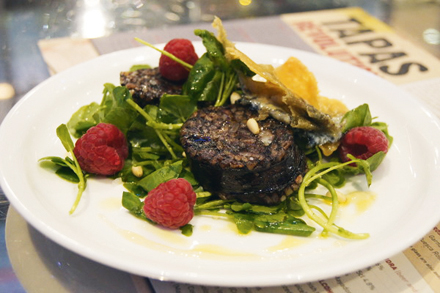
Ingredients (Serves four)
2 bunches of watercress
1 morcilla de Burgos (black pudding from Burgos)
2 tbs of pine nuts
1 small punnet of berries (any kind)
200g of soft goats' cheese
A drizzle of honey
Salt
Olive oil for dressing
Method Wash the watercress and mix with the berries and pine nuts. Slice morcilla into 2cm thick slices. Cut the goats' cheese into 2cm slices. Fry morcilla both sides over medium to high heat in a non-stick pan with a tablespoon of olive oil. In the same pan repeat with the goats' cheese slices.
Mix the salad together, season and drizzle with honey and olive oil.
Omar Allibhoy, owner of Tapas Revolution and executive chef of El Pirata Detapas, both in London
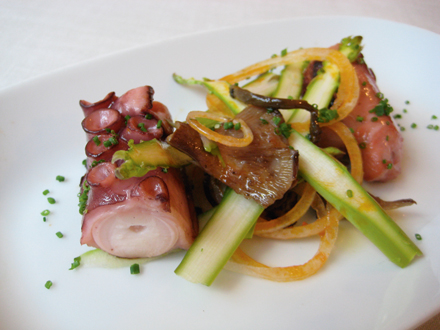
Ingredients (Serves 10)
3.5kg whole octopus
1 bay leaf
1 onion, peeled and thinly sliced
130ml white wine
5 whole black peppercorns
150ml extra virgin olive oil
500g whole cèpe mushrooms, cleaned and quartered
1 thyme sprig
1 rosemary sprig
1 garlic clove, peeled and chopped
Salt
15 green jumbo asparagus, sliced thinly with a mandolin
Olive oil, to drizzle
Sherry vinegar, to drizzle
1 onion, sliced thinly with a mandolin
1tsp of smoked pimentón dulce mixed with 100ml of extra virgin olive oil
Sea salt
Method Wash the octopus thoroughly and cut off the tentacles and discard the head. Place the tentacles in a wide heavy-based pan with the bay leaf, onion, 100ml of white wine and the black peppercorns. Place the pan on a low heat, cover with the lid and gently simmer for 40 minutes.
The octopus will release its juices and slowly cook. Check the octopus every 10 minutes to ensure that it is not boiling too quickly and that it has not stuck to the pan. To ensure that the octopus is cooked, stick a skewer in the thickest part of the tentacle, you should feel some kind of resistance but not too much. Replace the lid, remove from heat and allow to cool. Take the tentacles out of the pot and cut them into 6cm pieces. Place the octopus back into the cooking stock and keep in the fridge until needed.
To cook the cèpes, put them in a pan with 100ml olive oil, herbs and garlic. Season with salt and cook gently for 20 minutes. Take them off the heat and set aside to cool.
To serve, warm the octopus in a pan with its cooking liquor. Meanwhile, fry the cèpes again in another pan with the rest of the oil. Dress the green asparagus with some olive oil and a little bit of sherry vinegar. Season the onions with the olive oil and pimentón.
Place the octopus on a plate, then the cèpes on top and finish with the asparagus and the onions. Drizzle a little bit of the warm octopus cooking liquor on top of the salad and serve.
Santiago Guerrero, head chef, Iberica, London


